Clade Monocots Rank Species | Clade Angiosperms Higher classification Dracaena | |
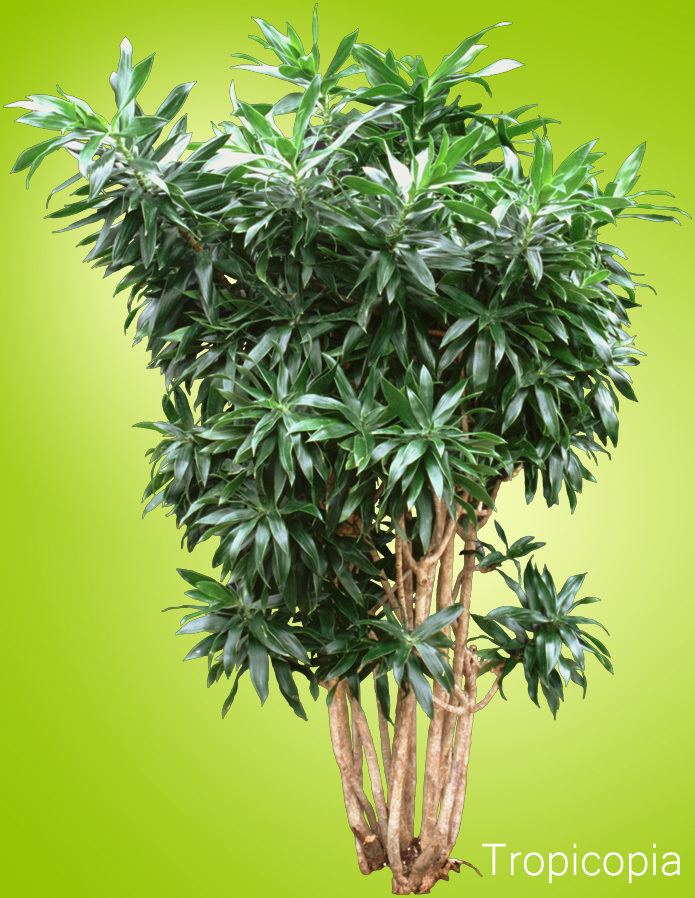 | ||
Similar Dracaena, Dracaena fragrans, Dragon tree, Dracaena reflexa var angustifolia, Areca palm | ||
How to grow indoor plant how to grow dracaena reflexa plant song of india plant tips care
Dracaena reflexa, commonly called pleomele or song of India, is a species of Dracaena which is a tropical tree native to Madagascar, Mauritius, and other nearby islands of the Indian Ocean. It is widely grown as an ornamental plant and houseplant, valued for its richly coloured, evergreen leaves, and thick, irregular stems.
Contents
- How to grow indoor plant how to grow dracaena reflexa plant song of india plant tips care
- The most beautiful indoor plant dracaena reflexa pleomele song of india bangla
- Cultivation and uses
- Dracaena reflexa var angustifolia
- References
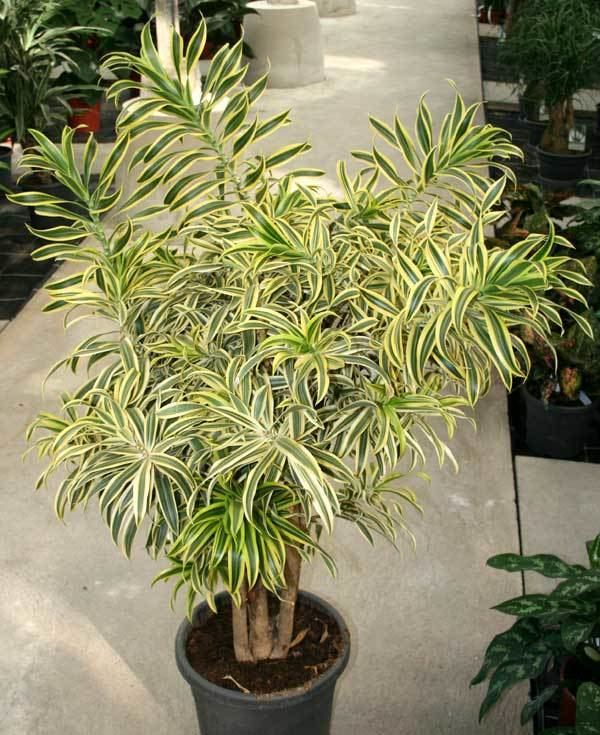
While it may reach a height of 4–5 m, rarely 6 m in ideal, protected locations, D. reflexa is usually much smaller, especially when grown as a houseplant. It is slow-growing and upright in habit, tending to an oval shape with an open crown. The lanceolate leaves are simple, spirally arranged, 5–20 cm long and 1.5–5 cm broad at the base, with a parallel venation and entire margin; they grow in tight whorls and are a uniform dark green.
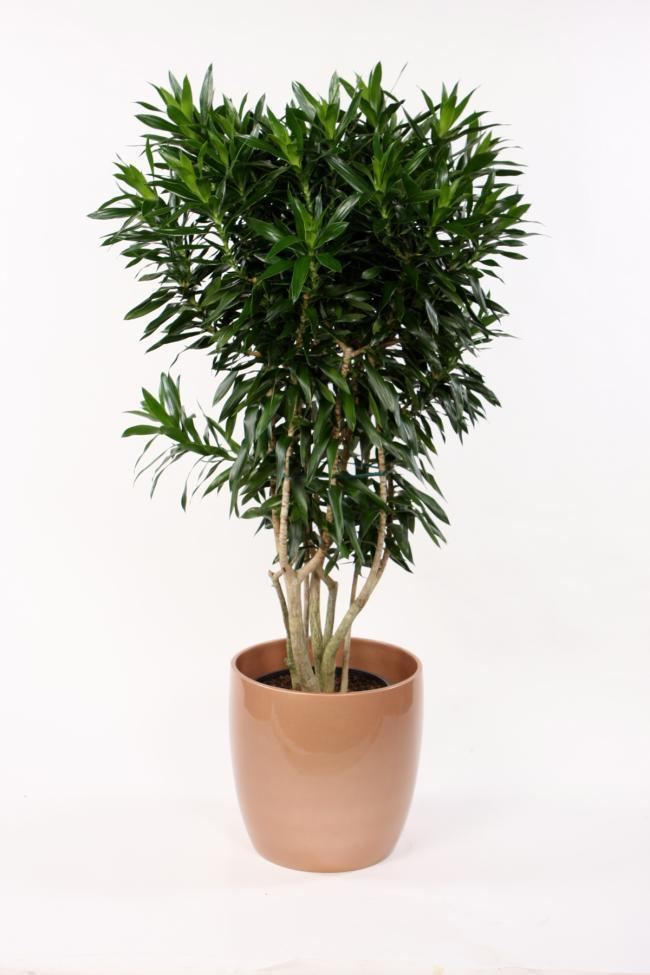
The flowers are small, clustered, usually white and extremely fragrant, appearing in mid winter. Neither the flowers nor the fruit are especially showy. D. reflexa var. angustifolia (syn. D. marginata) differs in having a magenta tint to its flowers, a shrubby habit, and olive green leaves.
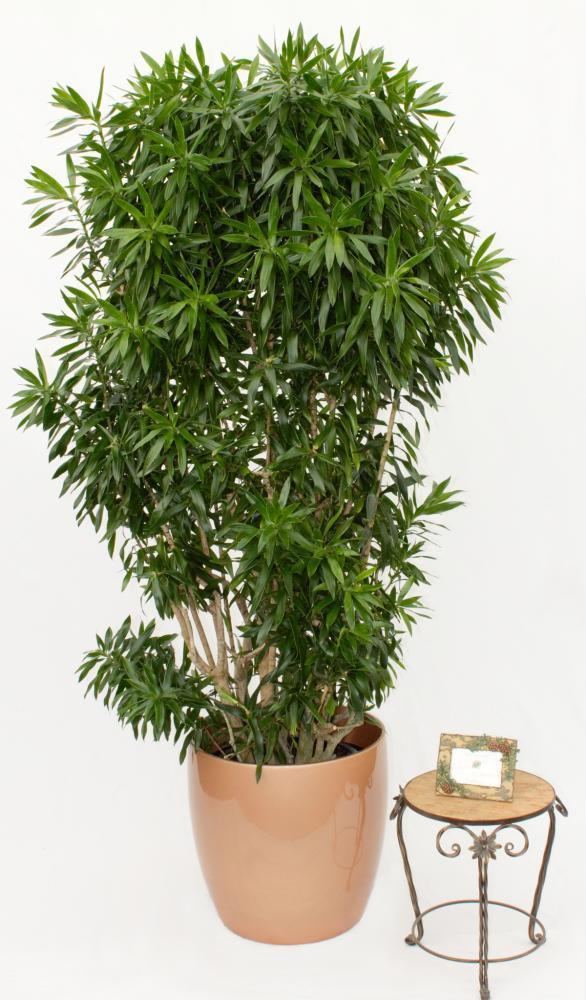
The most beautiful indoor plant dracaena reflexa pleomele song of india bangla
Cultivation and uses
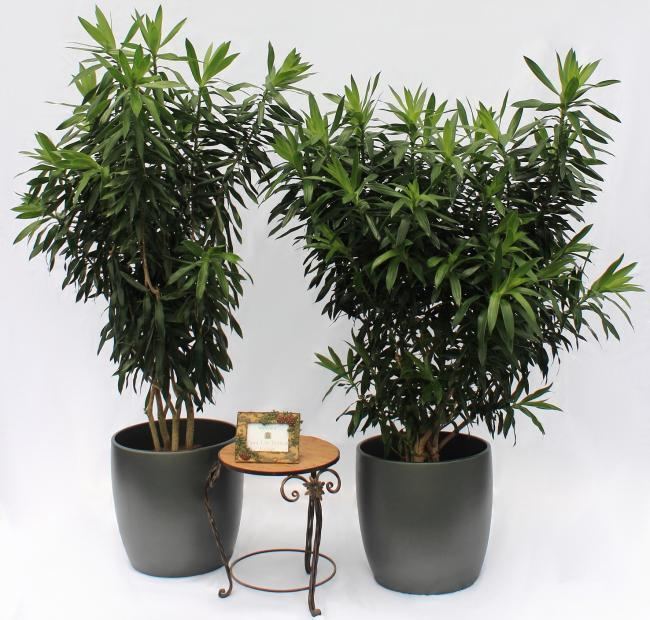
Dracaena reflexa is a popular ornamental plant, both in the landscape and the home. It can be enjoyed as a specimen plant, accent, or pruned to create a border. Several cultivars have been selected, particularly variegated clones with cream and yellow-green margins. It performs well as a houseplant, tolerating infrequent waterings. It prefers bright, filtered light, without direct sun exposure, restricted outdoors to zones 10–11. It has average water needs and should be fertilized bi-weekly when actively growing. Although it can survive in relatively low light levels, the plant may grow spindly if given insufficient light. When grown indoors, temperatures of 18 °C to 25 °C (64 °F to 77 °F) should be maintained. It can be propagated via herbaceous stem cuttings.
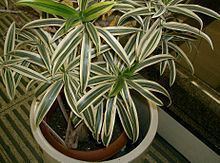
Traditional medicine practitioners of Madagascar have long believed Dracaena reflexa to cure malarial symptoms, poisoning, dysentery, diarrhea, dysmenorrhea, and to be useful as an antipyretic and hemostatic agent. The leaves and bark are mixed with parts of a number of other native plants and mixed into herbal teas. Its effectiveness in any such treatment remains unproven.
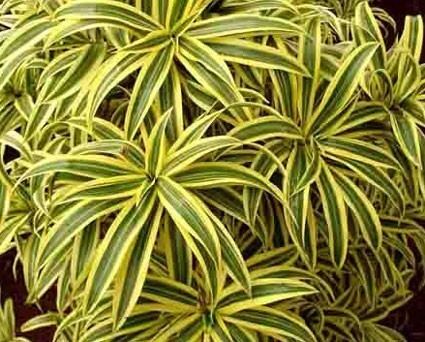
The fruit of D. reflexa is also important to the diet of the Malagasy black-and-white ruffed lemur (Varecia variegata variegata). The Frégate beetle (Polposipus herculeanus), an endangered species endemic to Frégate Island (Seychelles), is also known to associate with this plant.
Dracaena reflexa var. angustifolia
D. marginata Lam. – a name found in horticulture – is a synonym of Dracaena reflexa var. angustifolia. The thin leaves are linear and a deep, glossy green color with red edges; typically 30–90 cm long and 2–7 cm broad, tapering to an acuminate point. It is a popular houseplant that needs little attention, with several cultivars available with the leaves variegated with red or pale yellow. It requires a minimum temperature of 15 °C (59 °F), and is more tolerant than most plants of dry soil and irregular watering, though liable to root decay in permanently wet soil. Because it requires minimal care it is very popular in offices where the constant heat and light suits its growing requirements.
It has been widely confused with other species of Dracaena, and many or most of the plants in cultivation under this name may actually be D. cincta or D. concinna (Huxley 1992).
It is one of the plants used in the NASA Clean Air Study and has shown to help remove formaldehyde. It is an effective air cleaner and is said to be among the best plants for removing xylene and trichloroethylene.
The cultivars 'Tricolor' (three-coloured Madagascar dragon tree) and 'Variegata' (variegated song of India) have gained the Royal Horticultural Society's Award of Garden Merit.
